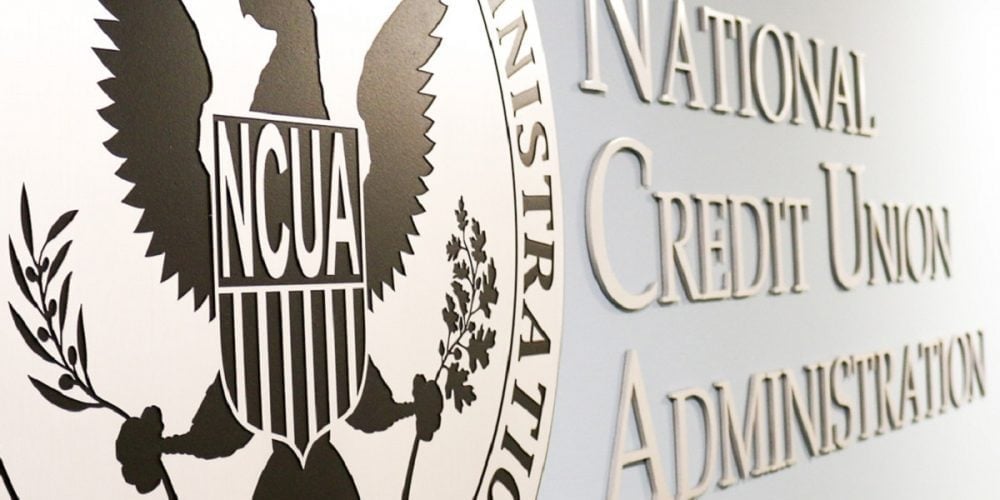There is no way to know for sure what the future holds. But it is a pretty safe bet that credit unions can expect to see unprecedented growth, due in particular to their charter of supporting community and social good. Thanks to its firmly embedded philosophy of “people helping people,” the credit union industry is anticipated to resonate strongly with future generations.
What we do know is that members of the younger generation have spent their entire lives immersed in the world of digital technology, which will be key to how they view financial services. Digital has shaped their identity and helped create their social, political, and cultural attitudes, while also shaping their expectations of products and services. This perspective, and getting to know who they are as consumers, will help the credit union industry develop not just products and solutions over the course of the next decade, but also a strategy for how to meet members’ needs.
So, what will the financial services industry look like in 10 years, and what role will credit unions play?
Expectations will be high and efficiencies will be table stakes since younger generations place such a high value on time. Personalization will be expected, and organizations will need to understand it is about providing an engaging, immersive experience that offers easy access to solutions relevant to the member. When the design no longer works or becomes dated, organizations will need to quickly respond and change designs and product features or risk losing the member. It will no longer be about a specific user experience within an app, but instead about providing a service that consolidates what a member needs in an experience as a holistic solution.
Technology is moving at a rapid pace and is not expected to slow down. Technology and the Internet of Things (IoT) will add value to the experience by ensuring the credit union knows each member well and can act on his or her behalf as a result of secure monitoring. Apps will go away, and many members will use an aggregated service that integrates their banking needs. Chargebacks and fraud will decline, thanks to machine learning and artificial intelligence. More instances of timely payment notifications being pushed to members will occur, with payment being enabled through a simple “reply.” Members’ communication with their credit union will advance as well, perhaps through chatbots to answer questions and machine learning to automate processes.
While many of these advances may occur in the next 10 years or so, adoption will take time.
The future of financial services will not just be about products and services, or about the number of branches or ATMs. It will be about banking how and where the member wants to bank. Millennials see branches as important to their financial wellness, but every aspect of the financial services industry will see disruption. We are seeing it already in solutions such as card products, authentication, lending, call center support, API integration, and more. We see these areas evolving along with the technologies and products that will bring new, feature-rich solutions to market that members no longer just desire, but also require to make their lives easier.
Member confidence must be kept high by maintaining systems that protect member information, and it will continue to be a priority in the coming years. This will become necessary as new threats continue to disrupt the payments systems overall and real-time transaction monitoring becomes mainstream.
What should credit unions do to ensure future success and survival?
For credit unions, it boils down to knowing when members are ready for these new technologies. When the time comes, credit unions must be there to ensure members are well prepared for these changes. It is important to monitor market trends in order to understand how financial services will change and have already changed, as seen in the areas of payments, lending, card products, APIs, authentication, and more.
Credit unions are an important part of our country’s fabric. Consumers will continue to seek providers that are community minded and socially responsible, which offers an opportunity for strong growth in membership through providing solutions and education that members desire from their financial services provider.








